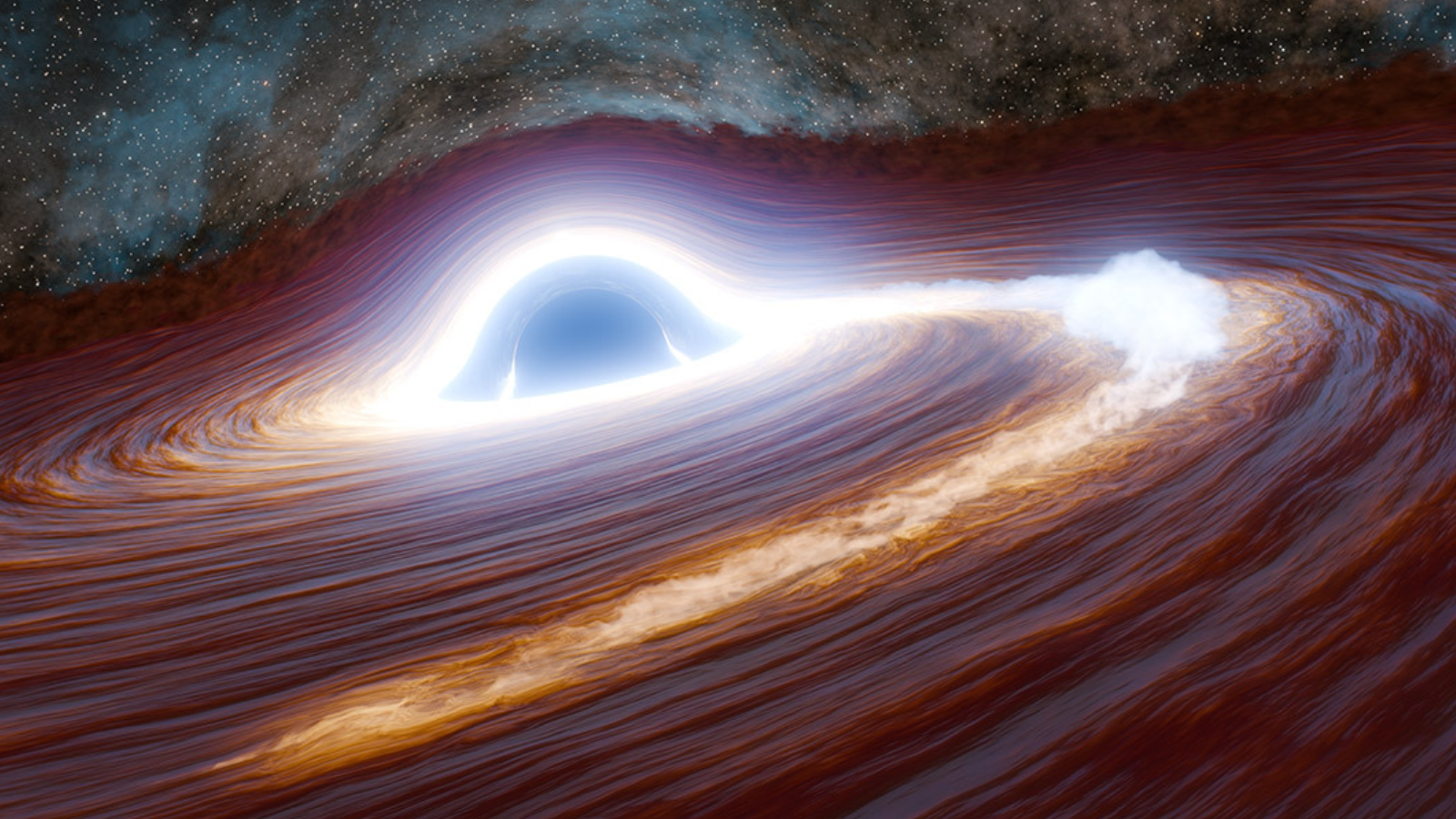Watch Deep Impact's Comet Collision Via Webcast

You don't have to be a scientist tograb a front row seat when the NASA's Deep Impact spacecraft bears downon a comet between July 3 and 4.
Live webcastsof the event will be provided by NASA and several observatories, large andsmall, to offer skywatchers a digital view to the cometary collision.
NASA's Deep Impact mission is slatedto crash an 820-pound (371-kilogram) Impactor probeinto Comet Tempel 1 and record the event via a Flyby mothership, orbital observatories like the Hubble andSpitzer space telescope, and a myriad of ground-based telescopes from aroundthe world. The impact is expected to take place at 1:52 a.m. EDT (0552 GMT) onJuly 4.
Here's a handy list to track DeepImpact's progress on the web:
- NASA has arranged to webcast a series of press briefings leading up to Deep Impact's crash day, and will provide live mission coverage between July 3 and 4 on NASA TV. Click here to access SPACE.com's feed of NASA TV. A schedule of NASA TV broadcasts can be found here.
SPACE.com will provide updates from our reporter at Deep Impact mission control at NASA's Jet Propulsion Laboratory. For the latest news, see our Deep Impact Special Report.
- In addition to NASA's Deep Impact video webcast, the space agency also has near-real time image viewer that allows curious comet fans a look at Tempel 1 through the spacecraft's cameras. That viewer is available here.
- The Kitt Peak National Observatory in Tucson, Arizona will provide a live webcast of the collision beginning about an hour before the comet collision. Click here to tap into the webcast.
- In Bathurst, Australia, astronomers with the Charles Stuart University's Remote Telescope will broadcast live Deep Impact observations from sunset to midnight local time. The remote telescope can be accessed here.
- Atop Hawaii's Mauna Kea, the W.M. Keck Observatory will post near-real time images of Deep Impact's Tempel 1 crash here as seen through a Celestron 11-inch CGE telescope.
- The Dyer Observatory at Vanderbilt University in Nashville, Tennessee will begin a live stream of its Deep Impact observations just before the collision here via the media provider Sonic Foundry. Vanderbilt physicist Robert O'Dell, a former chief scientist for the Hubble Space Telescope, will provide commentary.
- In Sonora, Mexico, the Carl Sagan Observatory will offer a live webcast in Spanish, and also contains some feature video on comets and the Deep Impact mission. Click here to visit the observatory's webcast.
- Have a satellite television link? If so, you can listen in the European Space Agency's pre-comet crash features on the Deep Impact mission, as well as a live broadcast of crash day itself, via ESA Television. Coordinates and programming information can be found by clicking here.
- While the above links are free to the public, the subscription service Slooh.com will also offer a live webcast Deep Impact's comet crash.
In addition to live webcasts, Deep Impact mission scientists have set up imagecache where both professionaland amateur astronomers canpost their own observations of Comet Tempel 1.
Avid skywatchers can also submit their own observations of Deep Impact's mission and Tempel 1 to SPACE.com's Amazing Images gallery.
- Deep Impact: Viewer's Guide and Mission News
Breaking space news, the latest updates on rocket launches, skywatching events and more!

Tariq is the award-winning Editor-in-Chief of Space.com and joined the team in 2001. He covers human spaceflight, as well as skywatching and entertainment. He became Space.com's Editor-in-Chief in 2019. Before joining Space.com, Tariq was a staff reporter for The Los Angeles Times covering education and city beats in La Habra, Fullerton and Huntington Beach. He's a recipient of the 2022 Harry Kolcum Award for excellence in space reporting and the 2025 Space Pioneer Award from the National Space Society. He is an Eagle Scout and Space Camp alum with journalism degrees from the USC and NYU. You can find Tariq at Space.com and as the co-host to the This Week In Space podcast on the TWiT network. To see his latest project, you can follow Tariq on Twitter @tariqjmalik.
